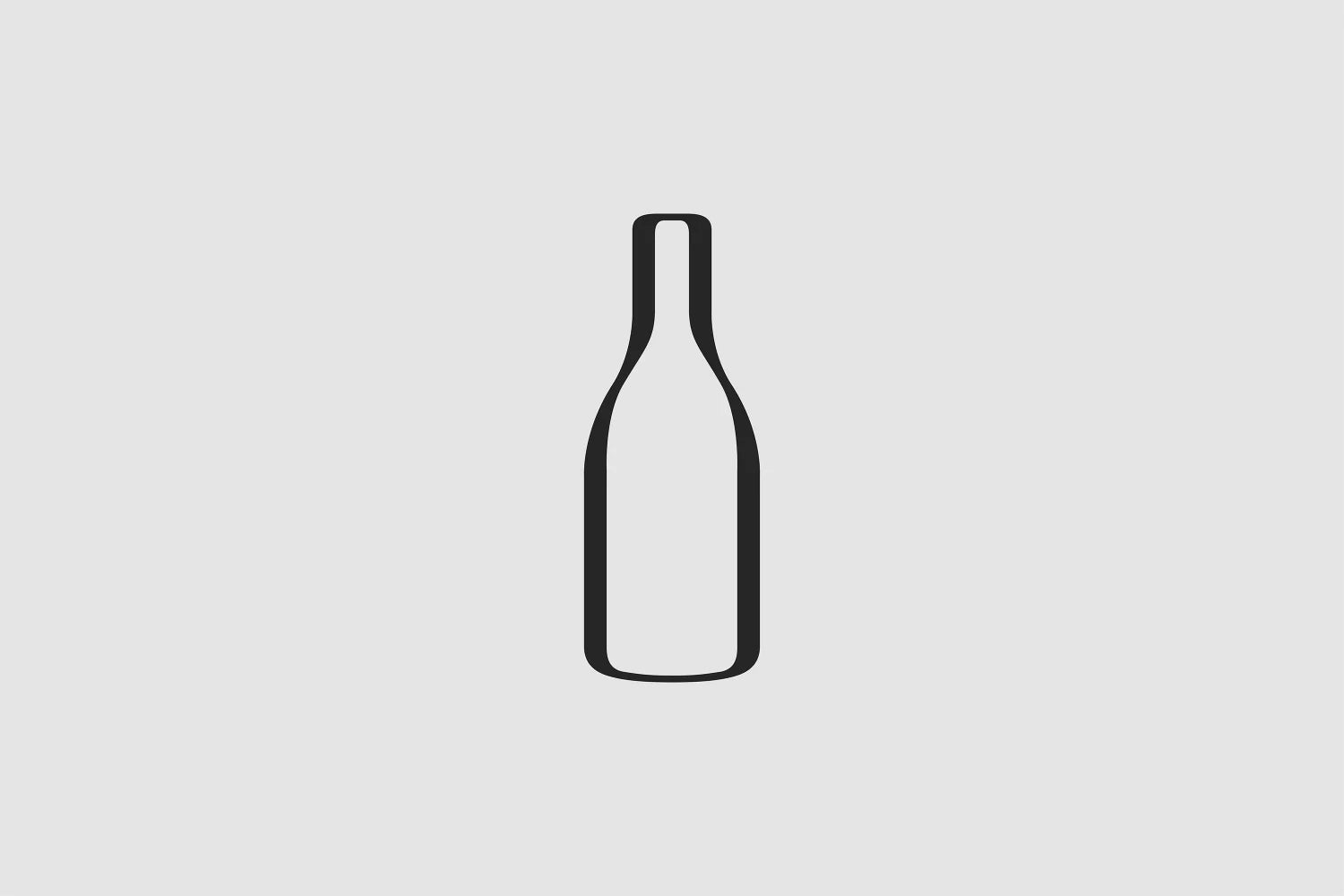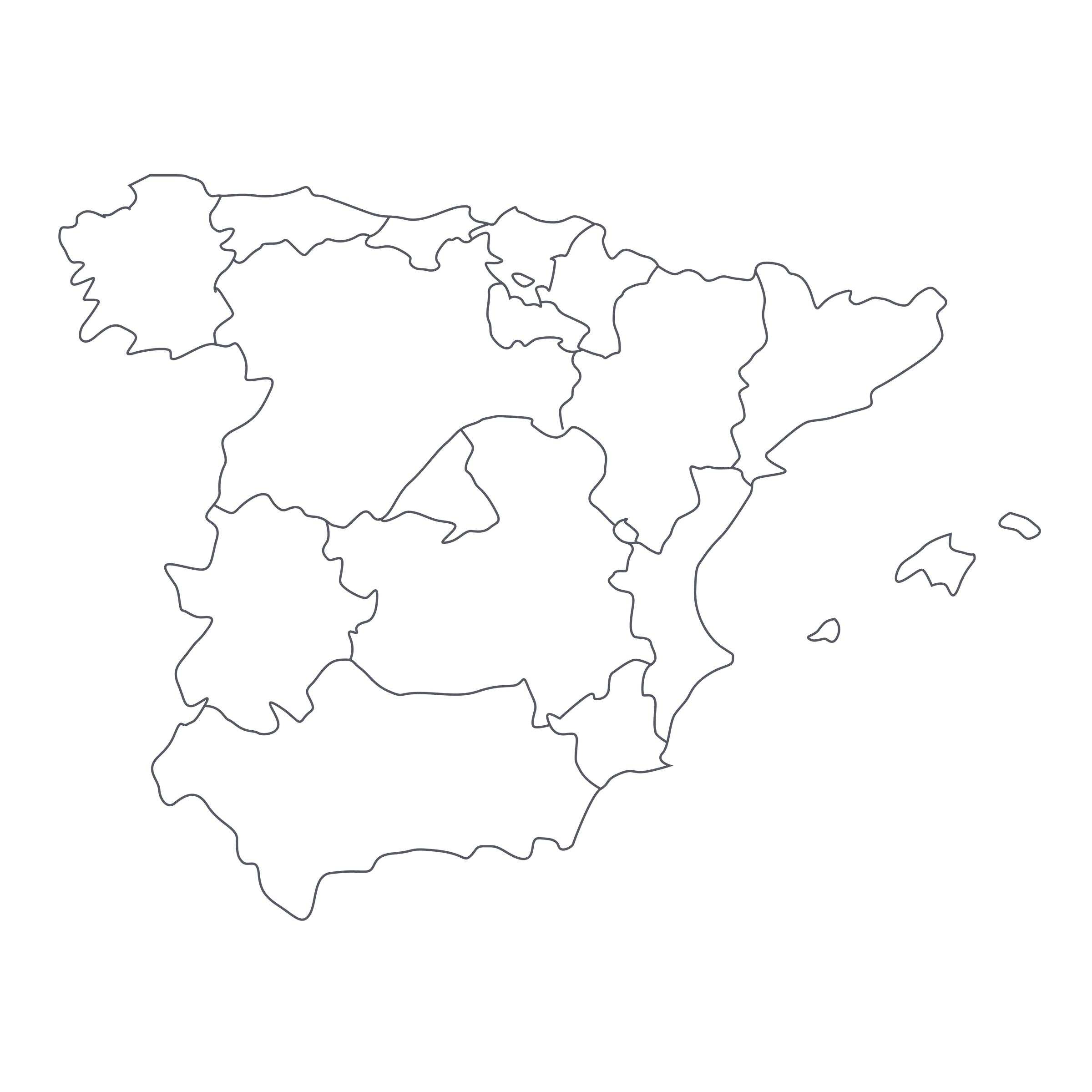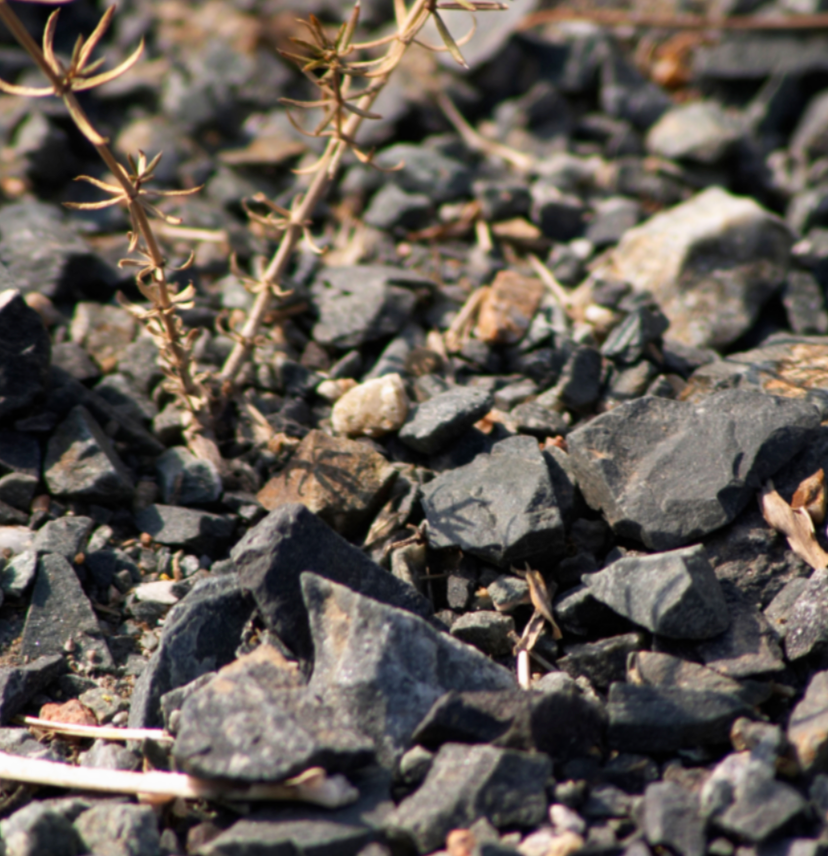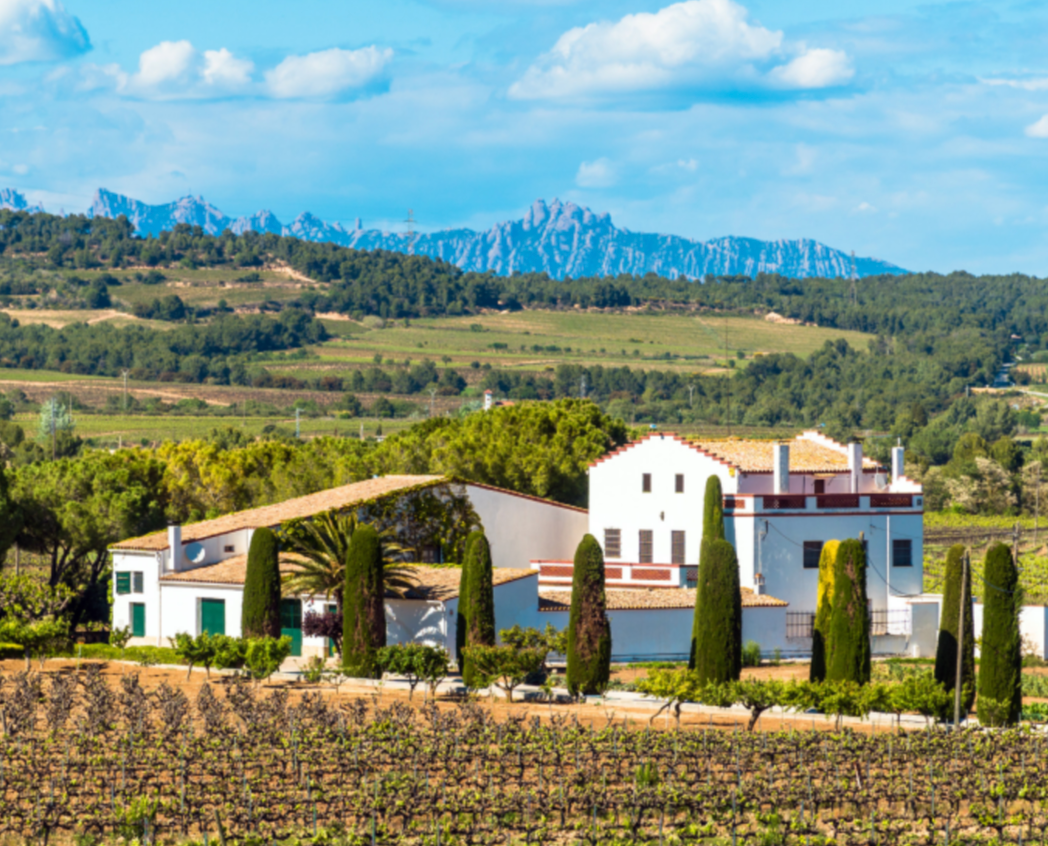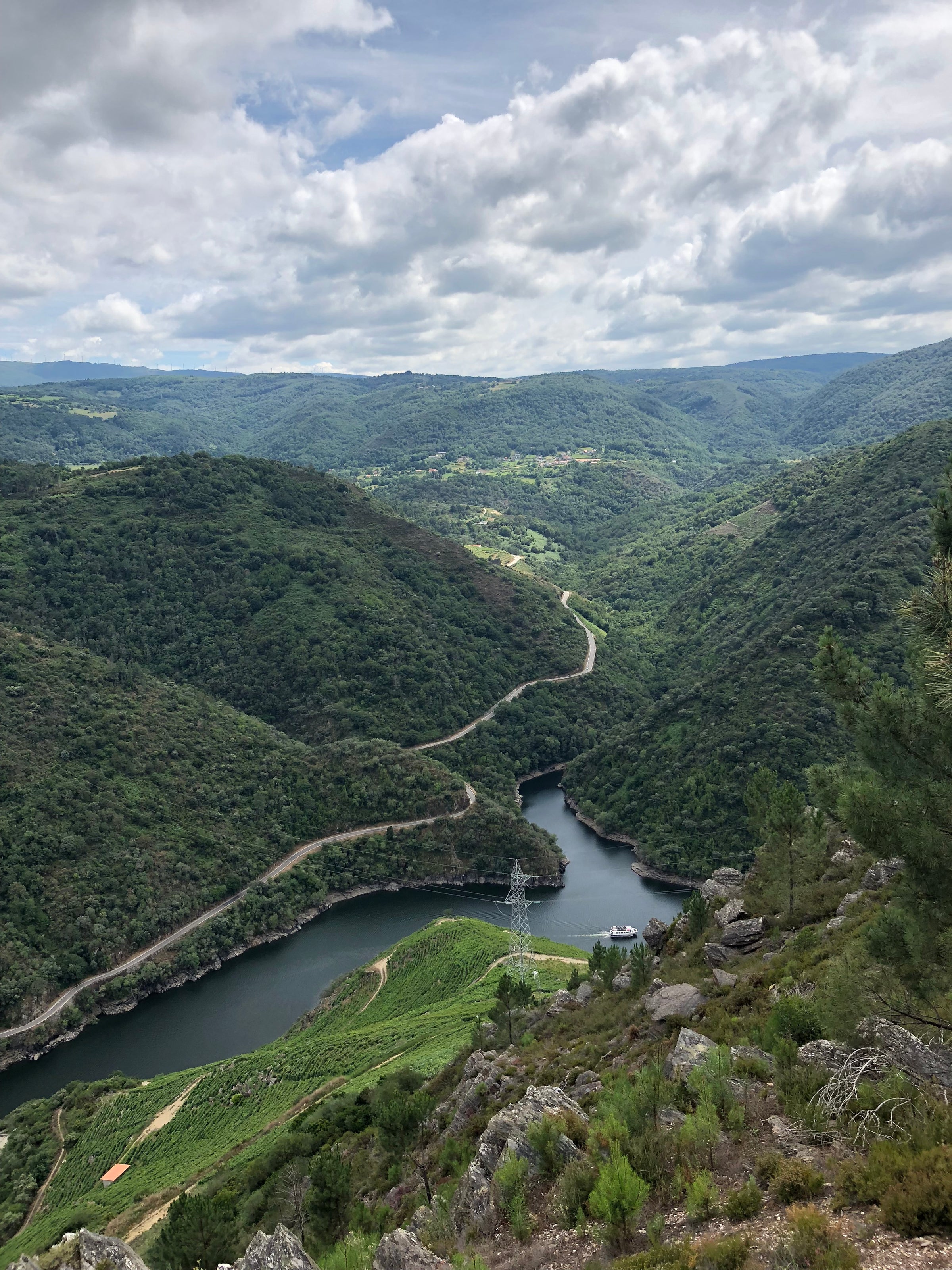La Rioja Alta is a truly rare breed. Across the board, in almost any vintage, they produce extraordinary wines of exceptional purity and complexity. We’ve offered their 2005, 2007, and today we’re fortunate enough to share their newest release—but this one comes with a special addition.
In 2009, a vintage that is shaping up to be a long-lived classic, La Rioja Alta chose not to bottle their ultra-premium “890” cuvée, which is typically priced two to three times higher. The 890 bottling is only created once in a blue moon (they’ve released 11 vintages since 1981) from their oldest Tempranillo plots, but in 2009, grapes from these cherished vines went directly into today’s wine. Still, even in years where “890” is produced, “904” is equally celebrated (scores from ANY critic are always sky-high) and ubiquitously loved, so this rare addition simply serves as the cherry on top of an already decorated cake. Few wineries in Rioja—or anywhere in the world, really—continue the kinds of classic practices that are still the norm here: La Rioja Alta is the embodiment of dedication and heritage, and as I mentioned last year, tasting their Gran Reserva 904 recalls my original love for wine (in the select years it’s actually made). If, like me, you love traditional, ultra-refined wines that consistently rank among the best in the world (and who doesn’t?), this newest “904” release is for you. I urge you not to short yourself either—doing so on a wine of this magnitude would be an injustice.
In 1890, five wine-loving families came together and formed a wine society specific to Rioja. Soon after, in 1904, two of the estates—La Rioja Alta and Bodegas Ardanza—merged into one and it is this date that Gran Reserva 904 pulls its name from. Since then, La Rioja Alta has expanded its production and secured new vineyards from the most exceptional parcels throughout the region. They have also worked assiduously to build a cooperage in-house, which is incredibly expensive, time-consuming, and above all, rare. Their oak is bought and imported from America and then turned into barrels by their own coopers. Upon completion, each barrel air-dries for at least two years before being circulated into wine production. Their barrel inventory now numbers over 30,000—a jaw-dropping feat.
The 2009 vintage brought a balanced year throughout and perfectly ripe Tempranillo grapes were farmed organically from at least 60+ year old vines within La Rioja Alta—known for its iron and limestone-rich clays. After hand picking and shuttling to their nearby winery in small boxes, grapes were de-stemmed and a natural, multi-month fermentation occurred in stainless steel tanks. The wine underwent a minimum four years’ aging in American oak that was no younger than four years old. Every six months, it was gently racked into another barrel in order to slowly remove sediment and prompt aeration. Roughly five years after the original harvest (April of 2014 for this bottle), the wine was finally blended and bottled—but not sold. It then rested in La Rioja Alta’s cool cellars beneath the historic wine town of Haro until deemed ready for commercial release—in this case, four additional years. Essentially, they do everything in their power to make sure the wine sings when it arrives at your doorstep.
The 2009 La Rioja Alta Gran Reserva “904” displays a deep ruby-garnet core leading to an hazy brick-orange rim. I recommend a 30-60 minute decant to both allow the wine to open and shed any hints of sediment, but you can certainly steal a sniff or sip while waiting. On the nose, it’s about classic Rioja: currants, red plums, sandalwood, balsamic cherries, coconut husk, tobacco, and vintage leather. The palate, however, goes a step further by revealing layers of kirsch, ripe raspberries, orange peel, tea leaves, dates, and vanilla. Its finely structured tannins and lifts of freshness take you into an elegant, lingering finish full of piquant spices and savory earth—the concentration and rusticity here gives this Gran Reserva a legitimate sense of Riojan terroir. Opening now will provide an immediate payoff since the bulk of aging has been done for you, but remember, the wine is judiciously crafted for a long life throughout its upbringing, so it will continue being a showstopper for the next two decades and beyond. Regardless of whether you drink it now or in 2040, I can almost guarantee your experience will be a memorable one—especially when you recall the small price of ownership. Serve at 65 degrees in large Bordeaux stems alongside the attached honey-glazed pork shoulder and share the evening with a few special people in your life. It’ll be one for the books!
